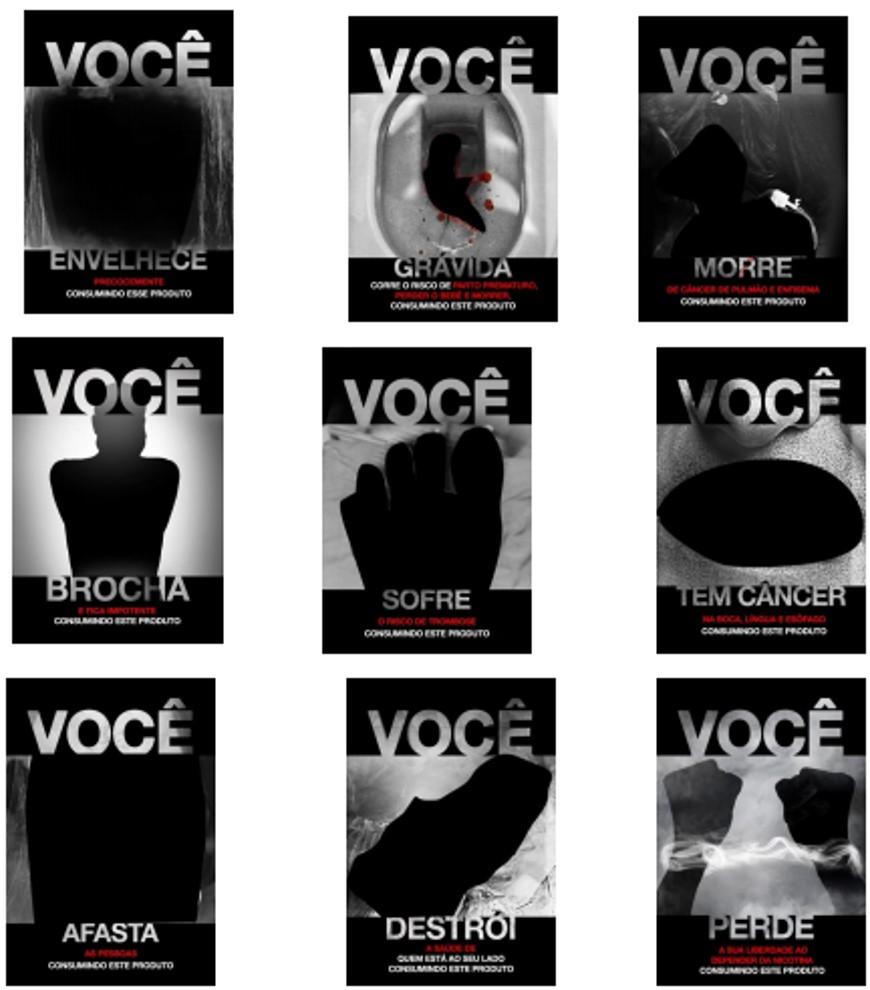Recent manuscripts
Archive
Editorial Board
Aims and Scope
Open Access
Indexing
Contact us
Authorship & COI
Principles of Transparency Checklist
Publication Ethics
Crossmark
Data Policies
Supporting Diversity
Instructions to authors (PDF)
Manuscript Types
Manuscript Formatting
How to submit
Special Publications & Reprints
Preprints
Public consultation on new health warning labels in Brazil
1
Cancer Foundation, Brazil
Publication date: 2018-03-01
Tob. Induc. Dis. 2018;16(Suppl 1):A658
KEYWORDS
TOPICS
ABSTRACT
Background and challenges to implementation:
Guidelines for implementation of FCTC Article 11 recommend Parties adopt health warnings and messages that be consider scientific evidence and experiences in other countries. Brazilian MoH has adopted health warnings that cover 100% of the face in 2001 and that cover 30% of the front face in 2015. In 2017, ANVISA opened a public consultation (PC) on new health warnings.

[Health Warning w/shadow under Public Consultation]
Intervention or response:
Civil society identified that the images proposed by ANVISA were not in accordance with the Guideline's recommendations and prepared a documentation considering all the effective design elements determined by the Guideline and submitted in the PC System.
Results and lessons learnt:
There were 100 contributions, two of which were international, 39 from Rio de Janeiro and 16 from Rio Grande do Sul. There were 75 contributions made by citizens and 25 by companies. Ten contributions were explicitly made by regulated sector. The most commented articles were 6, 5 and 7. Fifty-four percent disagree with the PC's text, 52.2% believe it does not change or reduce the level of information for goods and services available to the citizen and 58% believe the proposal´s impact on routines and activities will be negative.
Conclusions and key recommendations:
The adoption of the new series of health warnings and messages is necessary because the current ones are already in circulation for almost 10 years and their impact on the population is reducing. PC are an important tool for social participation for implementation of the National Tobacco Control Policy. However, the contributions of the industry and its representatives are more numerous due to the economic power and influence it has in some regions and because of this, some results reflect their economic and political interests of not regulating it.
Guidelines for implementation of FCTC Article 11 recommend Parties adopt health warnings and messages that be consider scientific evidence and experiences in other countries. Brazilian MoH has adopted health warnings that cover 100% of the face in 2001 and that cover 30% of the front face in 2015. In 2017, ANVISA opened a public consultation (PC) on new health warnings.

[Health Warning w/shadow under Public Consultation]
Intervention or response:
Civil society identified that the images proposed by ANVISA were not in accordance with the Guideline's recommendations and prepared a documentation considering all the effective design elements determined by the Guideline and submitted in the PC System.
Results and lessons learnt:
There were 100 contributions, two of which were international, 39 from Rio de Janeiro and 16 from Rio Grande do Sul. There were 75 contributions made by citizens and 25 by companies. Ten contributions were explicitly made by regulated sector. The most commented articles were 6, 5 and 7. Fifty-four percent disagree with the PC's text, 52.2% believe it does not change or reduce the level of information for goods and services available to the citizen and 58% believe the proposal´s impact on routines and activities will be negative.
Conclusions and key recommendations:
The adoption of the new series of health warnings and messages is necessary because the current ones are already in circulation for almost 10 years and their impact on the population is reducing. PC are an important tool for social participation for implementation of the National Tobacco Control Policy. However, the contributions of the industry and its representatives are more numerous due to the economic power and influence it has in some regions and because of this, some results reflect their economic and political interests of not regulating it.
Share
RELATED ARTICLE
We process personal data collected when visiting the website. The function of obtaining information about users and their behavior is carried out by voluntarily entered information in forms and saving cookies in end devices. Data, including cookies, are used to provide services, improve the user experience and to analyze the traffic in accordance with the Privacy policy. Data are also collected and processed by Google Analytics tool (more).
You can change cookies settings in your browser. Restricted use of cookies in the browser configuration may affect some functionalities of the website.
You can change cookies settings in your browser. Restricted use of cookies in the browser configuration may affect some functionalities of the website.

